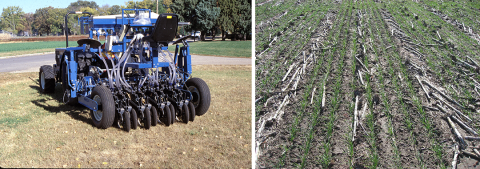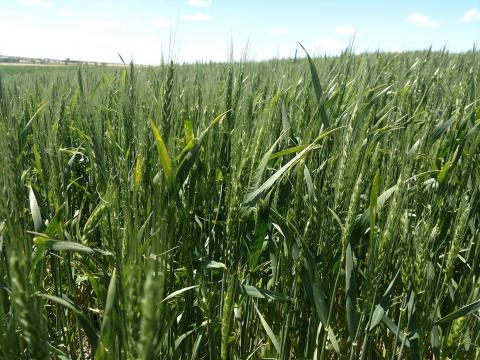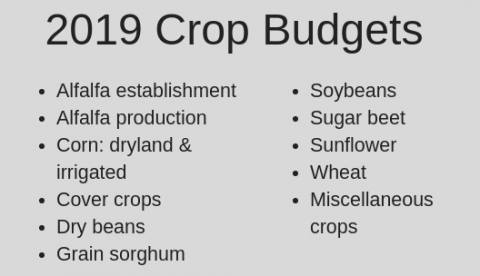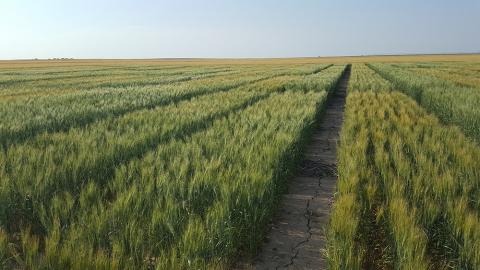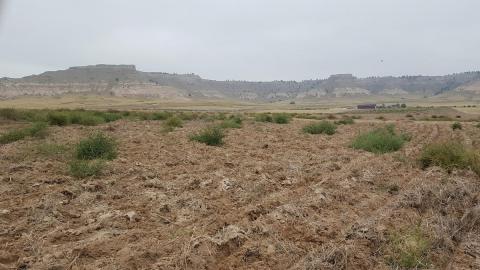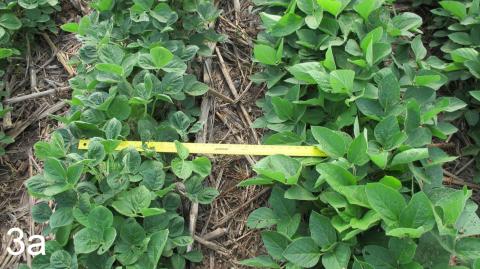The Moves to Make for Late-seeded Winter Wheat
September 11, 2024
Late-seeded winter wheat can yield higher than early-seeded crops, partly due to reduced disease and insect issues. This article provides tips for increasing seeding success if weather or harvest has caused delays.
Should I Consider Spring Wheat in My Cropping System?
February 19, 2020
Beginning in the 1970’s winter wheat was included in Ecofarming rotations with no-till corn or grain sorghum and summer fallow as a means to capture and maintain soil water through snow retention, increased infiltration, reduced evaporation, and weed control with herbicides instead of tillage.
Wheat Update
May 24, 2019
Wheat growth is running 7-10 days behind normal across much of the state, which may push the grain-fill period into some of the hottest days of the wheat season. Delayed development likely helped most wheat escape injury from snow and low temperatures early this week.
Over a Half Century of Trying to Solve Weed Management Challenges
January 9, 2019
Emeritus Extension Professor Bob Klein discusses the evolution of weed management systems during his career as a university weeds specialist.
Nebraska Crop Production Budgets for 2019
November 14, 2018
The Nebraska Crop Production Budgets have been revised and updated for 2019 with 78 budgets covering different management systems for 15 crops. The largest cost increases from 2018 were for nitrogen and phosphorus fertilizers.
Wheat Seeding Date Impacts Yield
August 29, 2018
Wheat seeding date affects multiple factors contributing to wheat yield. While there's no perfect date for all conditions, these recommended dates have been proven and verified.
Fall Strategies for Weed Control in Winter Wheat
August 29, 2018
Managing weeds at least two weeks prior to planting winter wheat and then controlling winter annuals this fall are important to reducing disease, saving soil moisture, and achieving top yields next summer.
Field Case Study of Dicamba-Injured Soybeans using Forensic Analysis
August 8, 2018
A field of dicamba-injured soybeans is used as an example to demonstrate the forensic analysis method to determine when dicamba exposure occurred.


